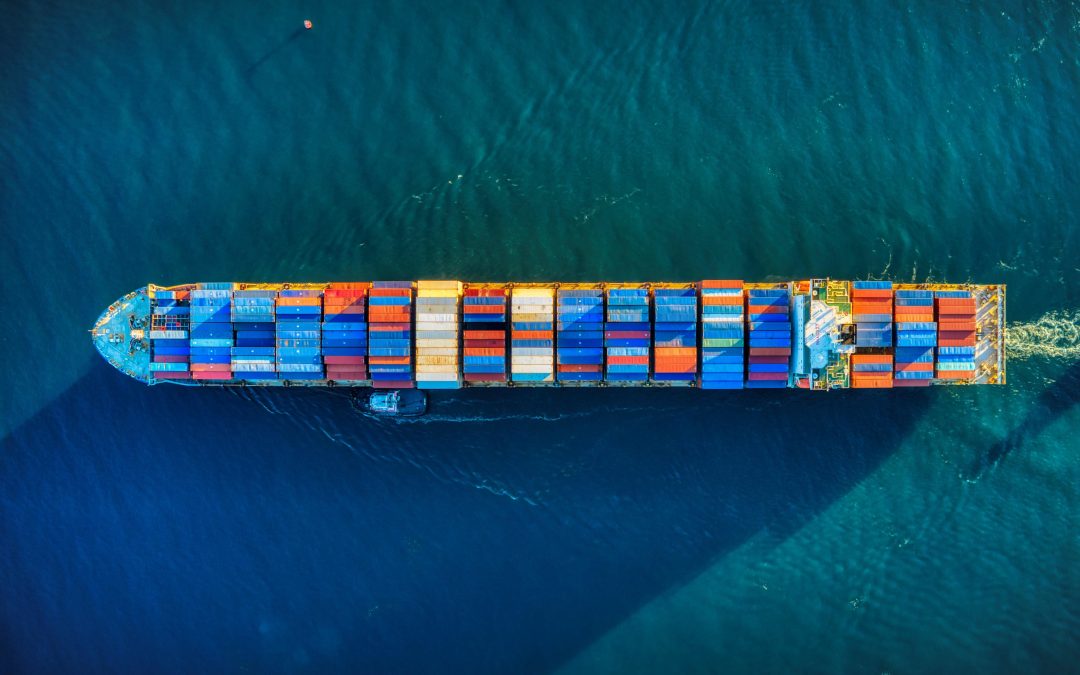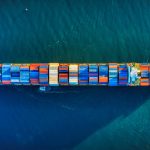Analysts warn proposed fees on China-built container ships importing goods into the US may have unintended consequences, including port congestion, increasing freight rates and shifts in global trade patterns.
The Trump Administration has announced plans for a USD 1 million fee every time a vessel operated by a China carrier enters a US port. The Federal Notice also threatens further substantial fees for China-built vessels operated by a carrier from any nation. A third section in the notice proposes an additional charge levied against carriers based on the percentage of new ships on order being built in China.
The Federal Notice can be found here.
Peter Sand, Chief Analyst at Xeneta – the ocean and air freight intelligence platform – said: “Ocean container carriers will take action to avoid the fees, such as calling at fewer ports, which could cause major congestion and delays in the US.
“We saw a similar situation last year when carriers cut port calls in Asia and handled more containers per call at Singapore in an effort to offset the impact of the Red Sea crisis and diversions around Africa. The intentions were good, but the severe congestion caused by handling more containers in Singapore rippled across global supply chains and saw average spot rates from the Far East to US East Coast spike more than 300%.
“Trump is weaponizing trade against China, but you have to wonder if they truly understand the consequences of this policy because there is a high risk it will cause major disruption and make container shipping more cumbersome and expensive for US importers.”
Sand has stated shippers could also take action to avoid the fees by importing goods into the US via Mexico and Canada.
Full year imports from China to Mexico in 2024 were up 15% compared to 2023 at 1.42m TEU (20ft equivalent container). Into Canada, imports from China are up 16% at 1.8m TEU.
Sand said: “Shippers have been using Mexico and Canada as a back door into the US to avoid tariffs on imports from China. Trump has vowed to stop this trend by imposing tariffs of 25% on imports from Mexico and Canada and make using these nations as a backdoor less attractive.
“If shippers now face new port fees on top of the tariffs when importing directly into the US, it could change the situation again and fuel further growth in imports from China to Mexico and Canada. Ironically, Trump may be indirectly driving one of the very things he’s trying to guard against.
“We could even see it cause an uplift in goods being shipped into the US by air.
“The potential repercussions and unintended side-effects of these port fees are impossible to predict with any degree of certainty, which makes it such a challenging situation for both US importers and carriers.”
Data analysed of carrier fleets by Xeneta shows COSCO will be hit hard due to it not only being the only Chinese carrier in the global top 10 but also having almost two thirds of its fleet built in China and 90% of its orderbook coming from Chinese yards.
No other top 10 carrier has more than 50% of its fleet coming from China, giving them more options to reallocate ships between trades and adjust schedules to minimize port calls for China-built ships. On the orderbook side, the European carriers (MSC, Maersk, CMA CGM and Hapag-Lloyd) will also be hit, with all having more than half of current orderbook in Chinese yards.
With the exception of ONE, the other Asian carriers will not be impacted by the orderbook fee.
Sand said: “The threat of even higher costs to import goods into the US should be taken very seriously, but it remains to be seen whether it becomes a reality due to the impact it will have for US businesses and, ultimately, consumers.
“We understand from talking to Xeneta customers that they are watching and listening to every word that comes out of the US Administration, but there is so much uncertainty that they are keeping their options open and being patient before taking any rash decisions on their supply chains.”
Source: Xeneta





